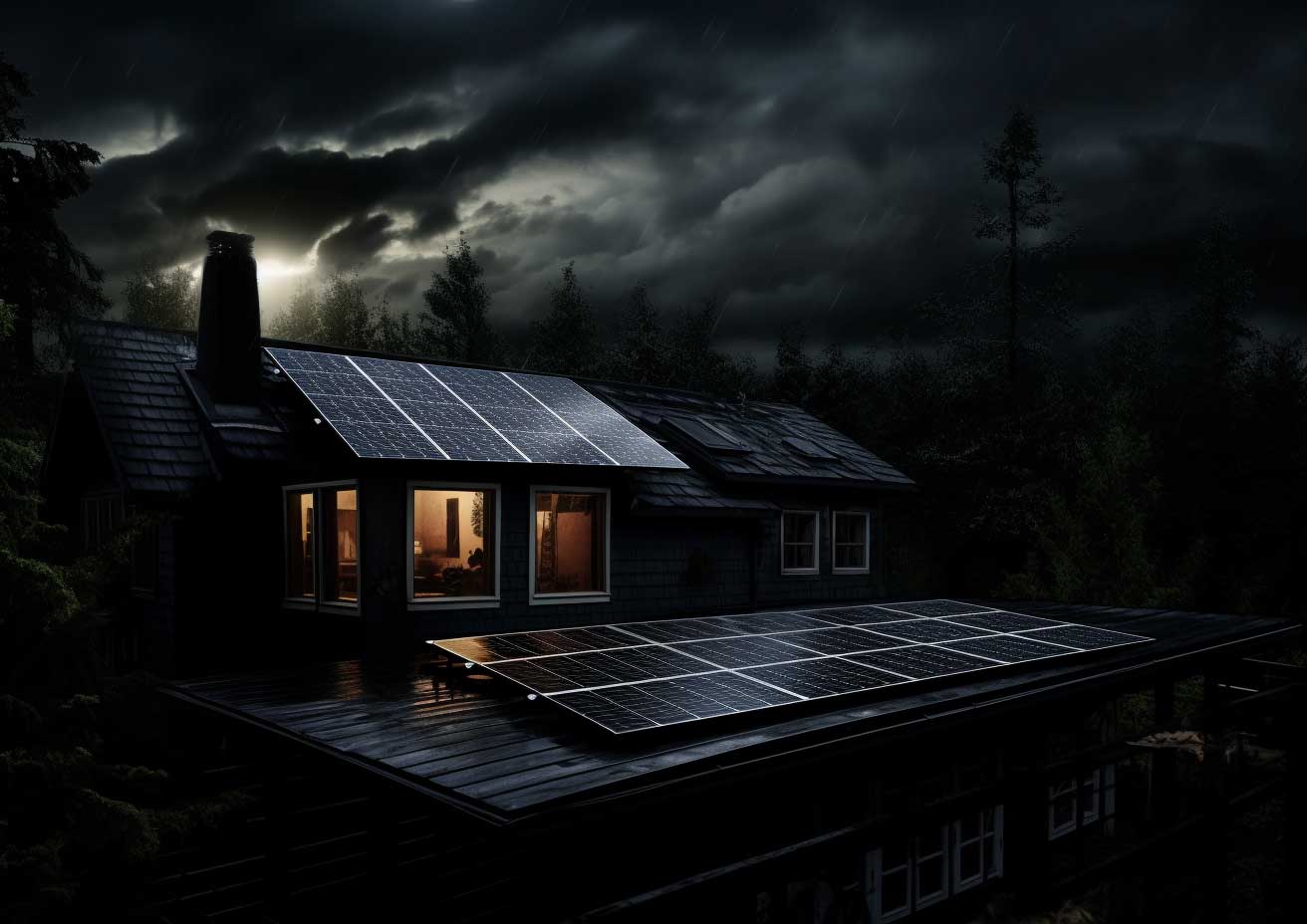California solar owners have been able to take advantage of Net Energy Metering (NEM) for nearly 30 years, but that is set to change in 2023. NEM is available to residential customers of the three biggest utilities in the Golden State – Pacific Gas & Electric (PG&E), Southern California Edison (SCE), and San Diego Gas & Electric (SDG&E). The changes under a new NEM program called Net Billing Tariff will drastically reduce the financial benefits that Californians can receive from owning solar panels or a solar photovoltaic system (solar PV system). You still have time to save big under the current version of NEM (NEM 2.0) if you connect with a solar installer, like WattLogic, soon. We break down the changes and how NEM 3.0 California (Renewable Net Billing) will impact you if you’re a solar owner or thinking about going solar.
On December 15, 2002, the California Public Utilities Commission (CPUC) unanimously voted to approve NEM 3.0, or Net Billing Tariff, which will succeed NEM 2.0. While NEM 3.0 is what many have been calling the program, the CPUC no longer uses the NEM term and will refer to the rules as Net Billing Tariff.
There are three critical things to note as a California solar owner:
- There is still time to get NEM 2.0 and be grandfathered in for 20 years.
- People who want to get on the NEM 2.0 program before the Net Billing Tariff takes effect must have a solar installer submit a valid interconnection application within four months of the CPUC issuing its final decision on the program, which was December 15th, making it April 15, 2023.
- If you still want solar but won’t be able to install it until after the deadline, you will still be able to reap financial benefits from going solar through the Net Billing Tariff.
The new NEM 3.0 Net Billing Tariff rules will:
- Reduce the amount utilities pay solar owners for the excess energy they generate by at least 75% compared to what they are under NEM 2.0.
- Require NEM customers to switch to specific Time-of-Use (TOU) plans with very high peak electricity rates. The CPUC says this is to encourage residents to install energy storage and to store solar energy for use later in the day during peak demand hours.
- Measure solar power exports in real-time compared to every hour with NEM 2.0.
- Creates a mandatory Grid Participation Charge.
- Fund $900 million in incentive payments to help California residents purchase rooftop solar systems, with $630 million reserved for low-income households.
- Allow the average homeowner to pay back the cost of a solar system in ten years. This includes systems that are paired with battery storage.
Reduction in energy credits
Under NEM 2.0, the average California solar owner receives $0.22 – $0.36 for every kilowatt-hour (kWh) of excess energy sent to the grid. Net Billing Tariff rules lower that amount to $0.4 – $0.6 for every kWh.
Time-of-Use plans
The mandatory TOU plan pricing is shown in this chart:
| Utility company | Rate name | Monthly fixed charge | Lowest off-peak rate | Highest on-peak rate |
| PG&E | E-ELEC | $15 | $0.26/kWh | $0.53/kWh |
| SCE | TOU-D-PRIME | $12 | $0.21/kWh | $0.53/kWh |
| SDG&E | EV-TOU-5 | $16 | $0.10/kWh | $0.63/kWh |
Grid Participation Charge (Monthly fixed charges)
The Grid Participation Charge is $8/kilowatt (kW). An average solar customer will pay about $100 per month. Solar owners who decide to install battery storage with their solar system will gain a monthly Market Transition Credit of up to $5.25/kW. The credit is only available for a four-year glide path and will decrease 25 percent per year for prospective NEM customers. Low-income residents, customers living in a disadvantaged community, and tribal households are exempt from paying the Grid Participation Charge.
Here are a couple of charts from the CPUC that show the fixed charges in the proposed decision:
| 2023 Effective Monthly Fixed Charges per Kilowatt (kW)
(Grid Participation Charge minus Market Transition Credit) |
|||||||
| Customer Segment | PG&E | SDG&E | SCE | ||||
| Residential | $6.38/kW | $8.00/kW | $4.41/kW | ||||
| Low-Income | -$4.36/kW | $0.00 /kW | -$5.25/kW | ||||
|
2023 Effective Monthly Fixed Charges for 5 kW Solar System |
||||||
| Customer Segment | PG&E | SDG&E | SCE | |||
| Residential | $31.90 | $40.00 | $22.05 | |||
| Low-Income | -$21.80 | $0.00 | -$26.25 | |||
What is NEM 2.0?
Before we get into how you can ensure you’re grandfathered into NEM 2.0 rules before it disappears for good, let us quickly go over what NEM 2.0 is and the program’s benefits for California solar owners.
With NEM 2.0, solar owners connect with their utility providers to begin earning credits for excess electricity generated by their solar panels. There is a one-time interconnection fee of $75 – $145, depending on if it is PG&E, SCE, or SDG&E. You earn bigger credits for solar energy sent to the grid during peak times than during off-peak times. Net metering credits are worth significantly more during peak times. The homeowners pays a minimum monthly fee and non-bypassable charges (NBC). NBC refers to a charge that is added to energy charges. NBC average $0.02 – $0.03 per kWh and for the average home is about $200 per year. The average California home could save about $1,000 per year on their electricity under NEM 2.0 rules.
How to get NEM 2.0 before it’s too late
To get grandfathered into NEM 2.0 before it is too late, you must have a solar installer, like WattLogic, submit a valid interconnection application by April 15, 2022. If you do so you can take advantage of the NEM 2.0 program benefits for 20 years.
This means all you have to do to get NEM 2.0 is to install solar now. You just need to get things into motion. This means if you don’t even get the panels fully installed in 2023 but your installer submits a complete interconnection application – you’re in!
In this case, waiting is not an option. Solar power is a great idea for your home with its dozens of benefits including saving you on energy costs, decreasing your carbon footprint through clean energy, and helping you free yourself from dependence on your utility provider. Saving even more money and increasing your solar savings is not something you want to miss out on. The solar industry will be busy with interconnection applications and need time to submit each one so start the conversation now about your home solar plans. WattLogic can get you grandfathered into NEM 2.0 and find out what other solar incentives are available for your solar installation without worry or hassle. Connect with us online at your convenience now before it’s too late!




